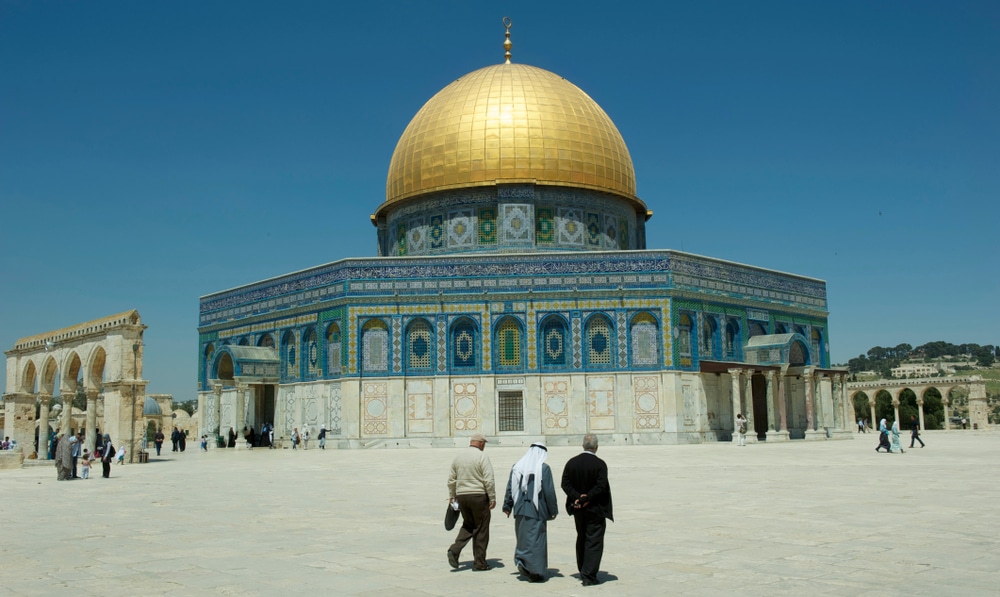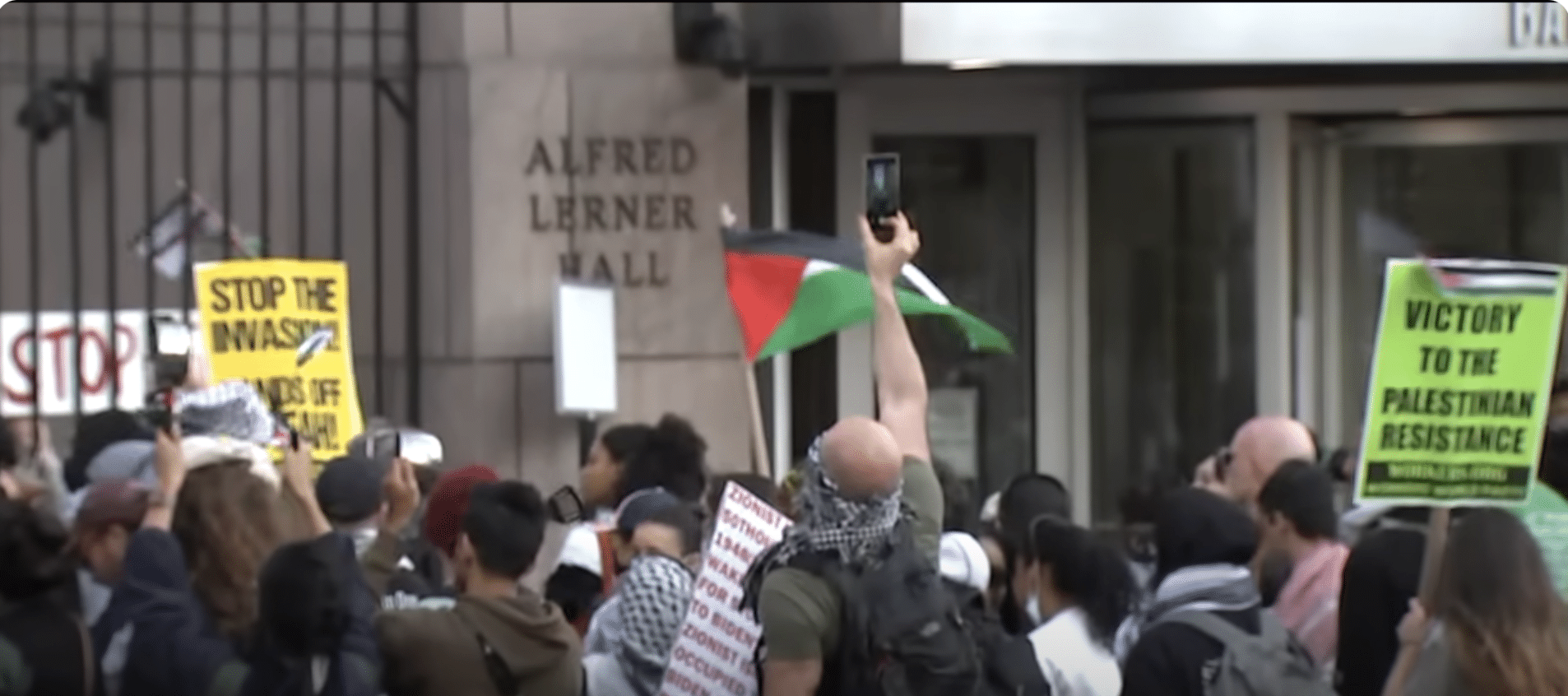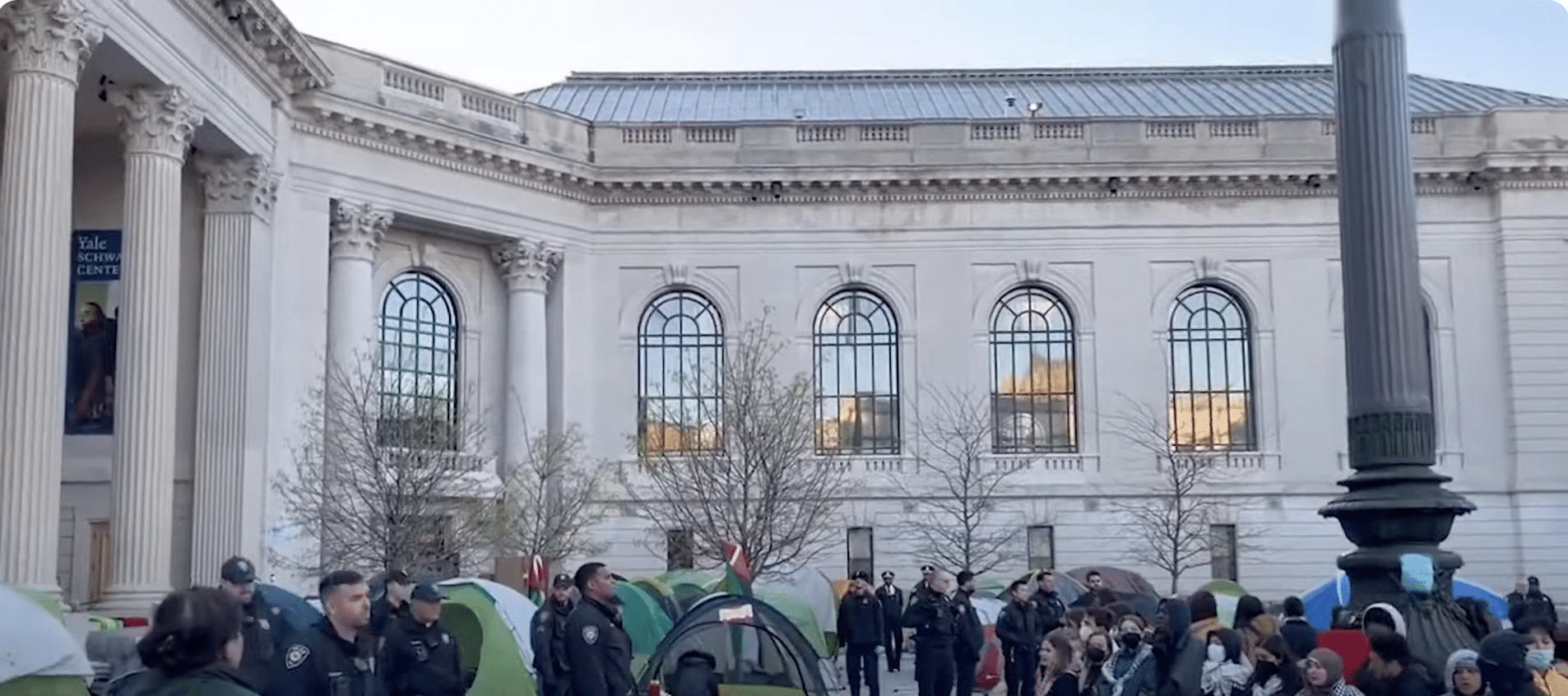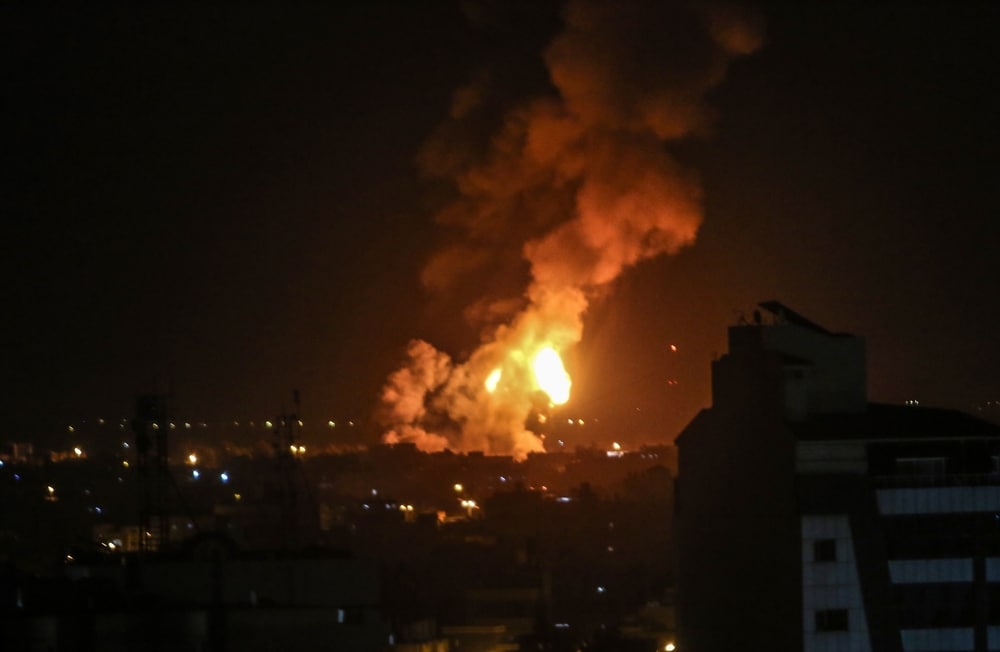The “supervolcano” at Yellowstone National Park has been hit by a swarm of hundreds of earthquakes in recent weeks. And now, there is more bad news from scientists: It could blow far sooner than anticipated. Evidence recently presented at a volcanism conference in Portland, Oregon, suggests the process that led to Yellowstone’s most recent supereruption developed far more quickly than experts had thought.
Hannah Shamloo, a graduate student at Arizona State University, found fresh magma might have been injected under the supervolcano only decades before the eruption. The New York Times quoted Shamloo as observing, “It’s shocking how little time is required to take a volcanic system from being quiet and sitting there to the edge of an eruption.” The graduate student also cautioned that it’s too early to identify a precise timescale. NASA recently garnered headlines when it unveiled a plan to stop the supervolcano by cooling it, siphoning off heat through drilling. Of course, some critics suggested the plan might inadvertently trigger the very thing the process was designed to avoid – a catastrophic eruption. READ MORE

















